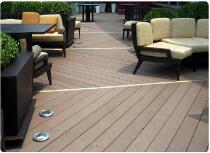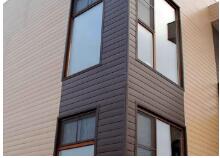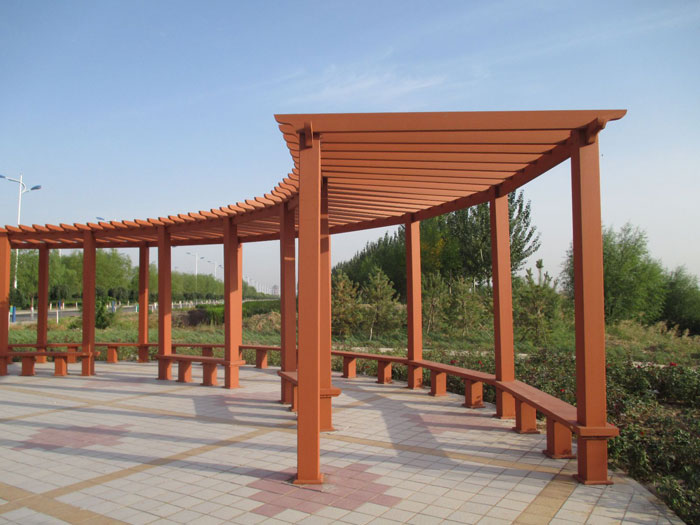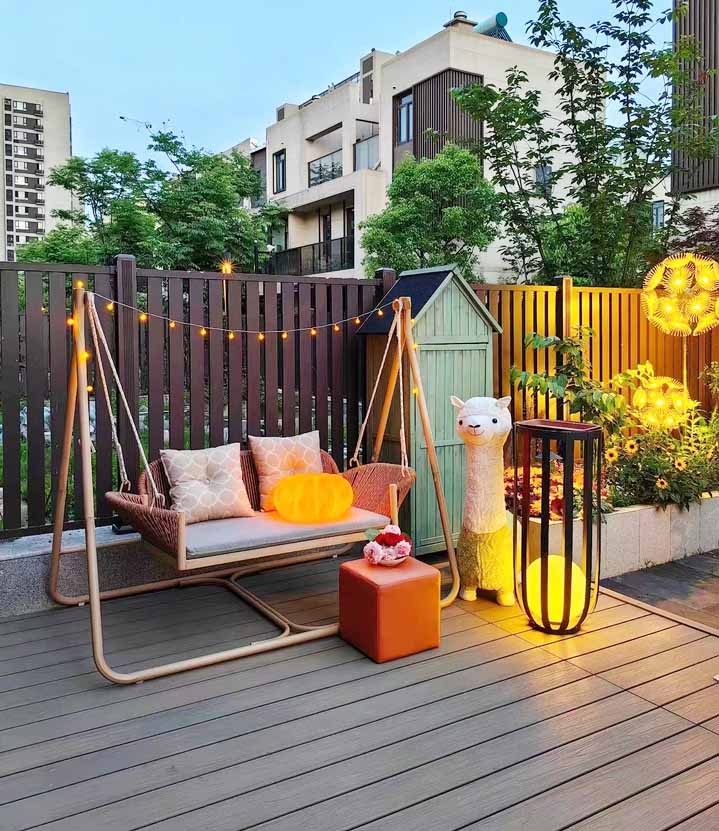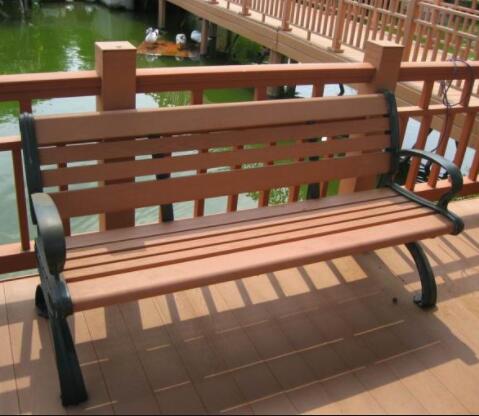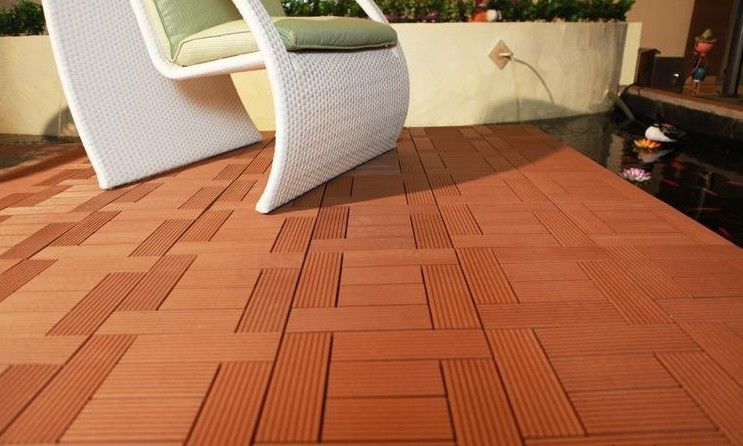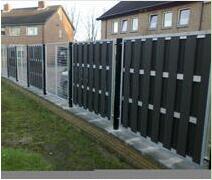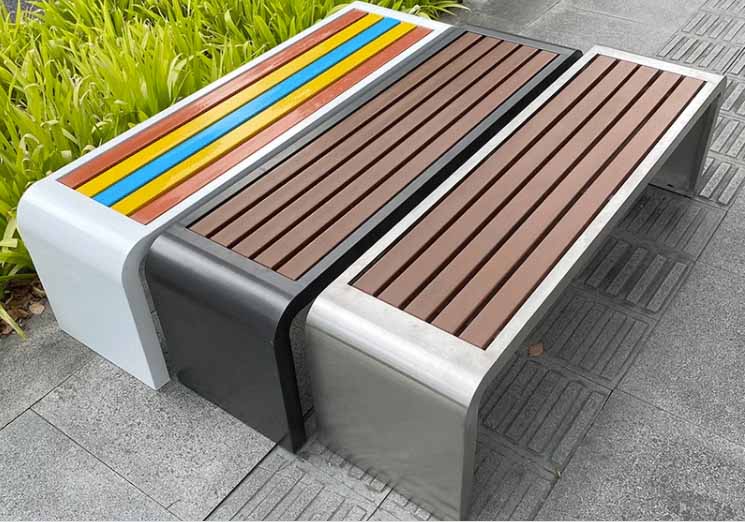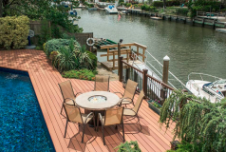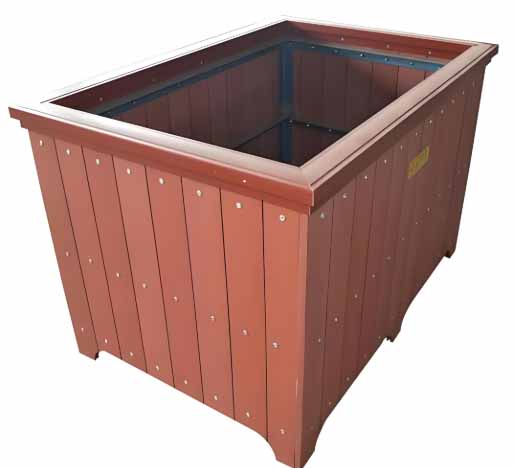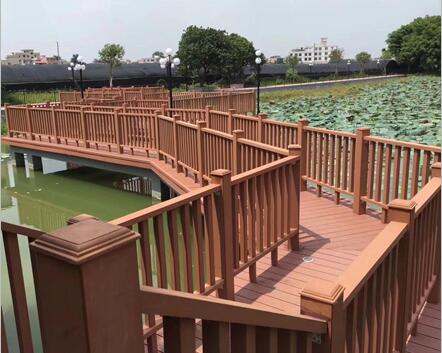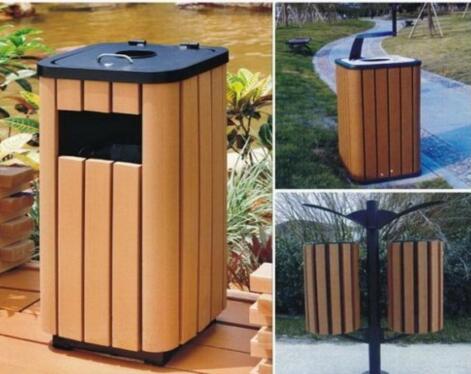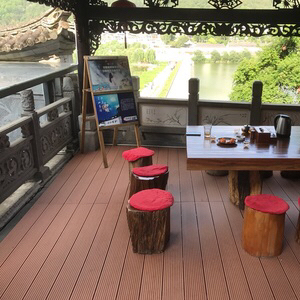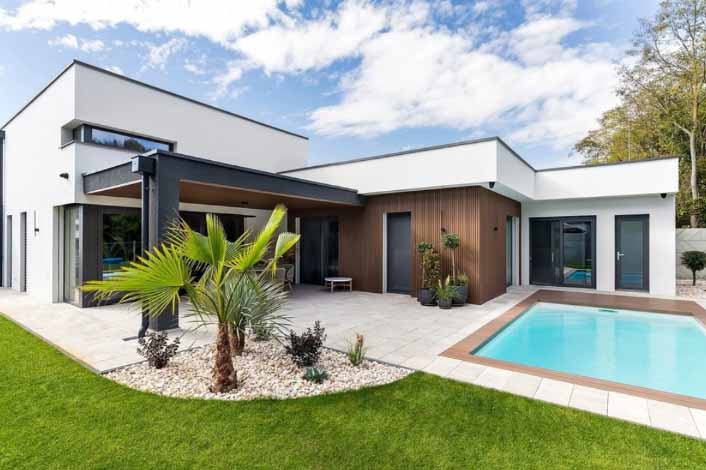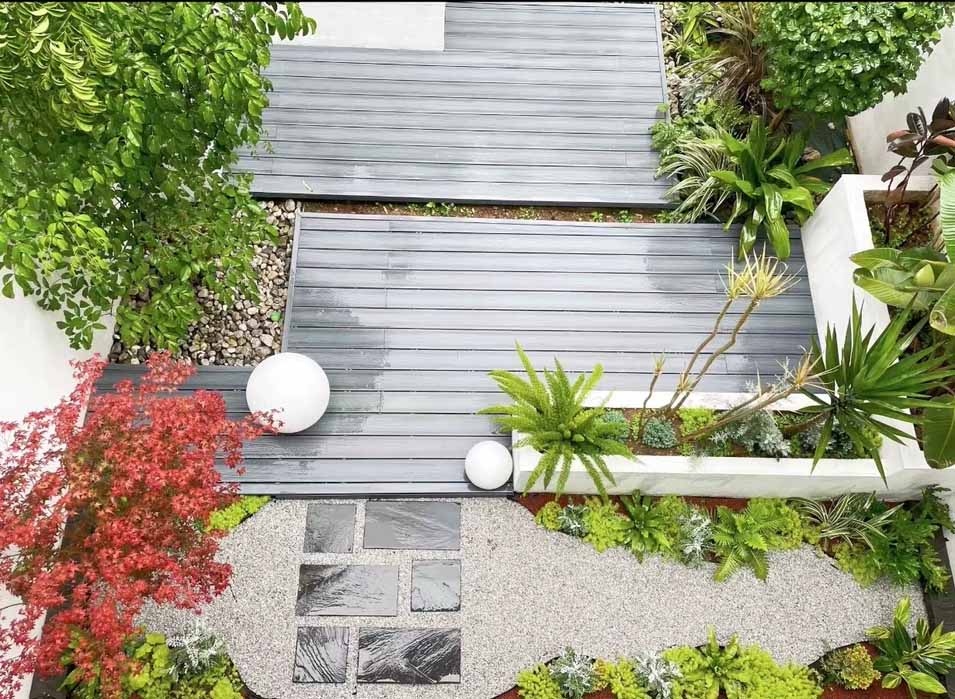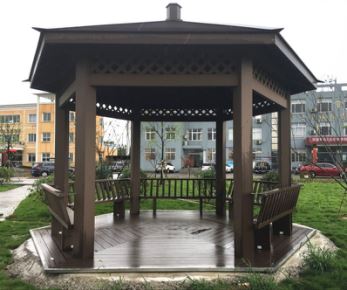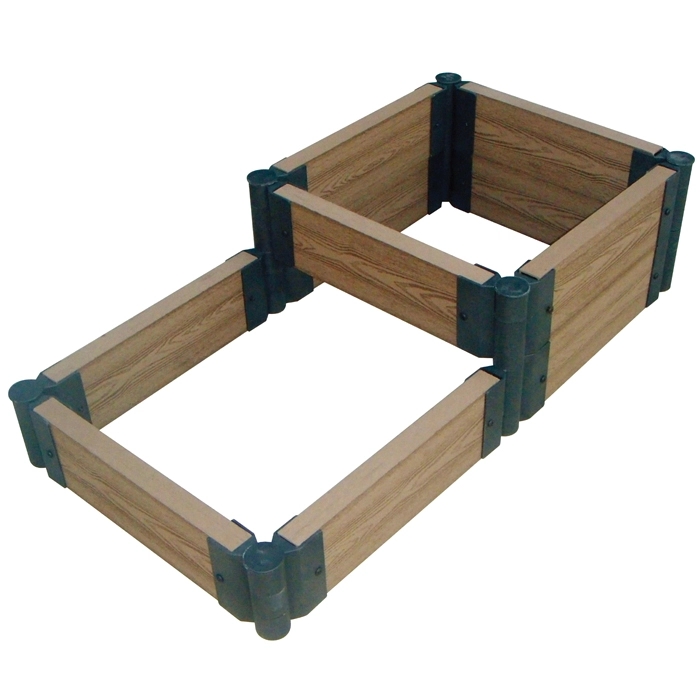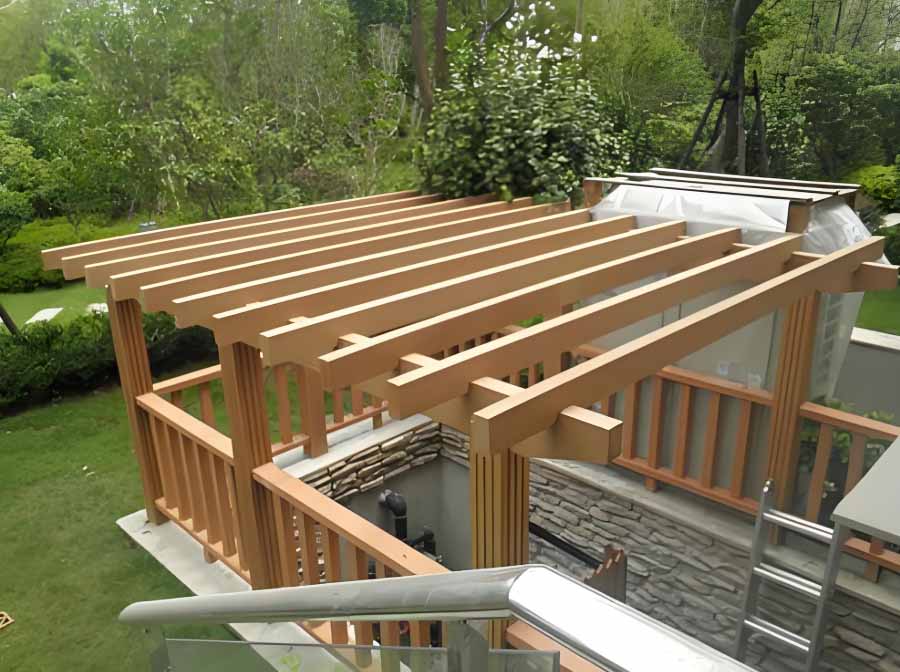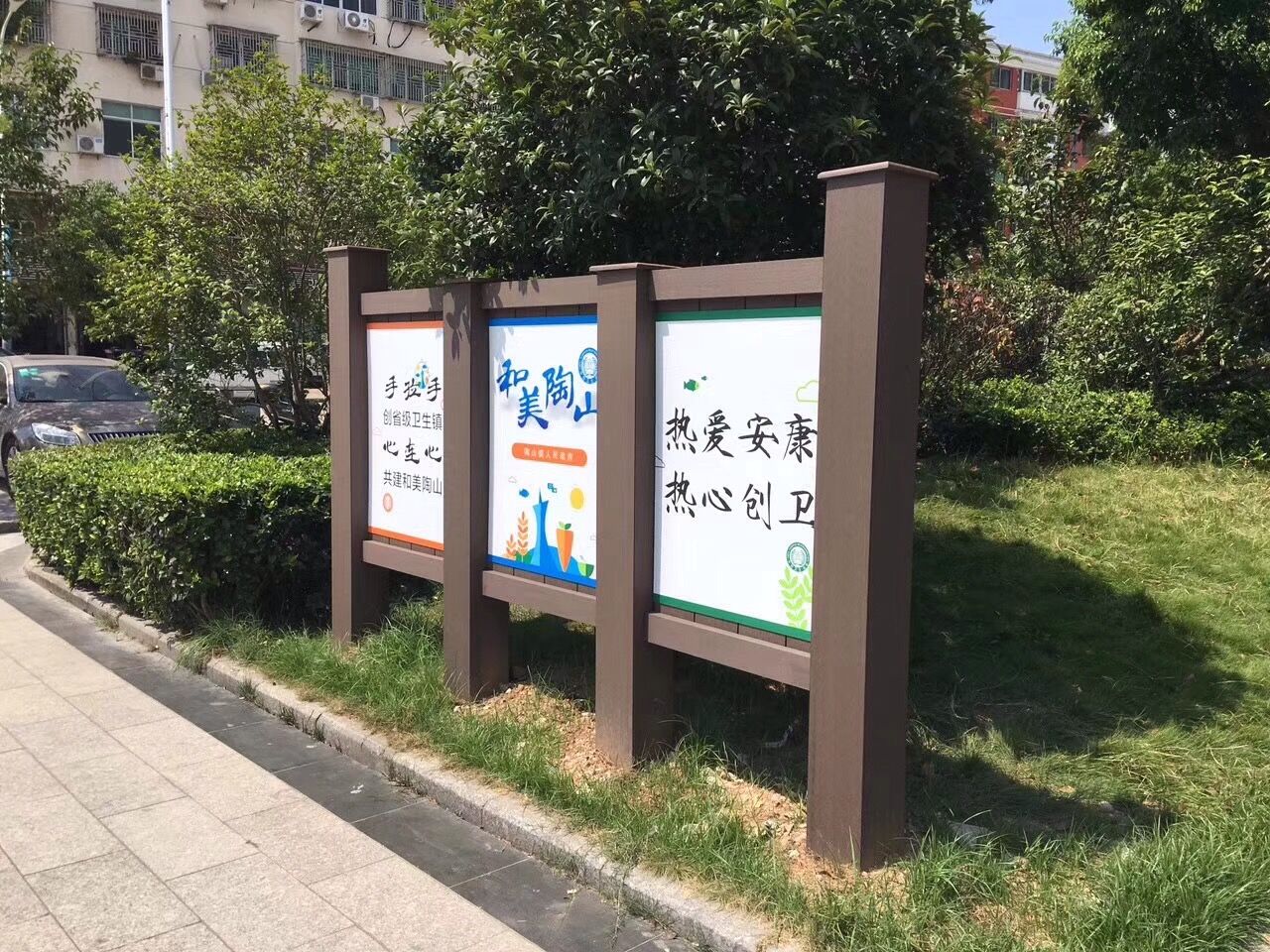In recent years, wood plastic composites have become a popular choice for garden construction. This material not only combines the natural beauty of wood with the durability of plastic, but also offers significant advantages in terms of environmental protection and sustainability. Not only does WPC resist harsh weather conditions and reduce maintenance requirements, it is also highly regarded for its recyclability. This article aims to explore the advantages and applications of WPC as a garden building material, and provide valuable reference for gardening enthusiasts and designers.
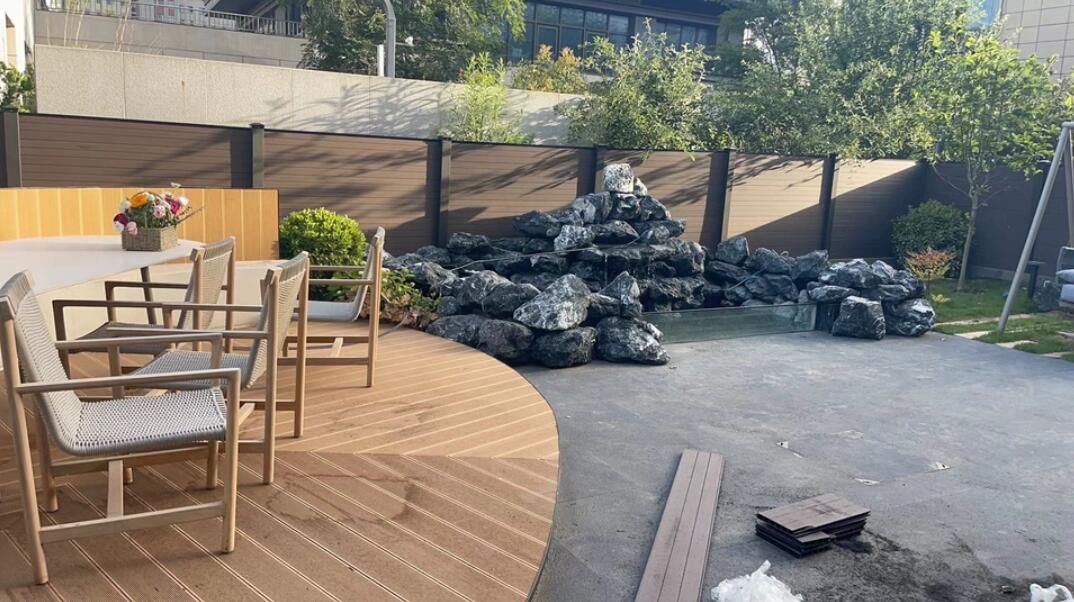
Advantages of WPC Building material: Outdoor WPC materials have significant advantages over traditional wood, especially in terms of durability, corrosion resistance, ease of maintenance and environmental friendliness. First of all, the wear resistance and durability of WPC materials enable it to be used for a long time in harsh climate conditions without being easily damaged, thereby extending its service life. Secondly, due to its special material structure, WPC materials have excellent corrosion resistance and can effectively prevent mildew or rot caused by moisture. In addition, the maintenance of WPC materials is extremely convenient. It only needs simple cleaning to keep its appearance like new, which greatly saves the time and energy of daily maintenance. The most important thing is that plastic wood materials are made from renewable resources, which is in line with the concept of sustainable development and plays a positive role in environmental protection. To sum up, outdoor plastic wood materials are superior to traditional wood in many key properties, making them the preferred material for modern outdoor construction and decoration. 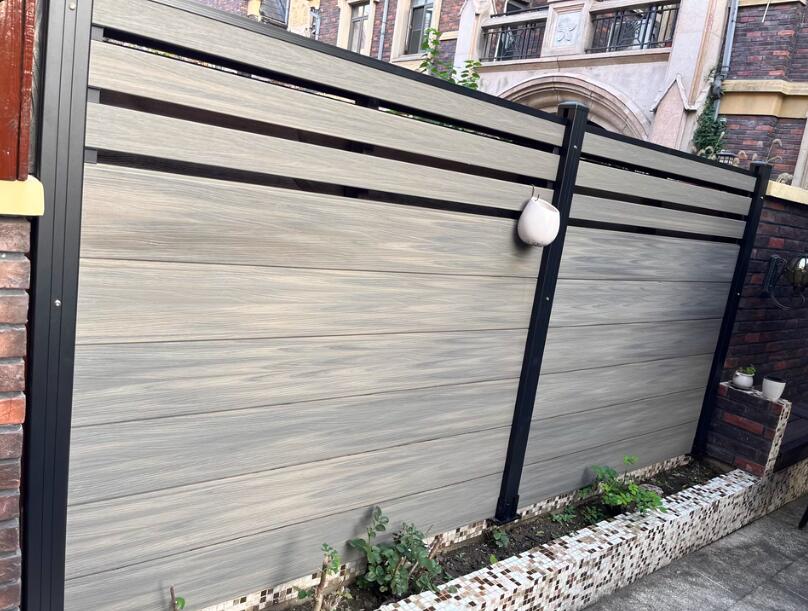
Market application status: In the current market, WPC materials have been widely used due to their dual advantages of environmental protection and beauty. Especially in the field of garden construction, this material is not only used to make infrastructure such as benches and trash cans, but also creatively used in landscape design and decorative elements. Consumers’ acceptance of wpc materials has increased year by year, and its durability and low maintenance have become important factors for people to choose it. At the same time, market feedback also shows that this material has played a significant role in improving the beauty and functionality of public spaces, further promoting its popularity and application expansion in the market.
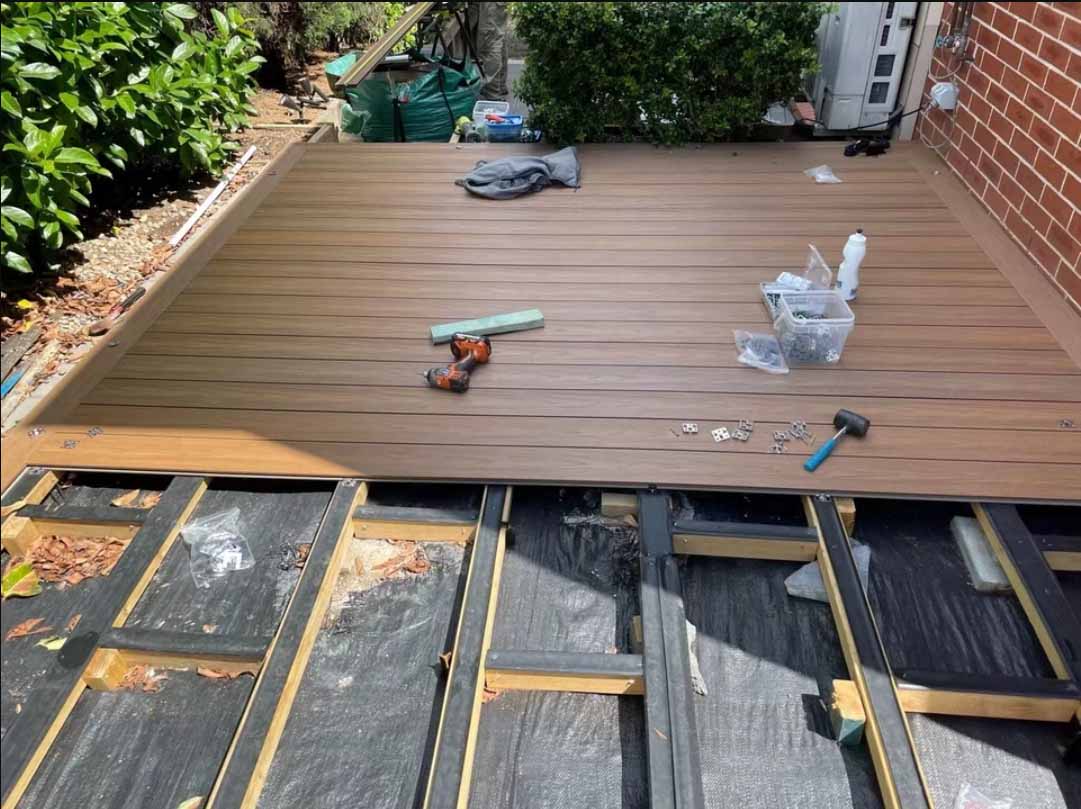
Composite decking in China WPC also have many advantages that traditional materials cannot match. For example, it has good waterproof and moisture-proof properties, and can maintain stable performance even in the changing outdoor environment, and is not easy to deform, crack or corrode. This makes it extremely widely used in garden construction, and can be used to make plank boards, railings, seats and even flower stands. The colors and textures of WPC are also very rich and varied. Through a special production process, different color masterbatches can be added during production, so that the final product presents a variety of natural wood grain effects or other colors, meeting different design styles and personalized needs. At the same time, these colors are evenly distributed throughout the material. Even if the surface is worn, it will not fade as easily as traditional paint, maintaining beautiful durability. 
When it comes to the application of landscape, the diversity of wpc materials is fully demonstrated. For example, in terms of decking, it meets the needs of outdoor use with its stable size and excellent moisture resistance. Common decking specifications Include 140mm×25mm,150X25mm, etc., There are many options depending on the site requirements. In addition, indoor and outdoor WPC decking differ in material. Outdoor decking pays more attention to weather resistance and usually uses PP or PE materials.
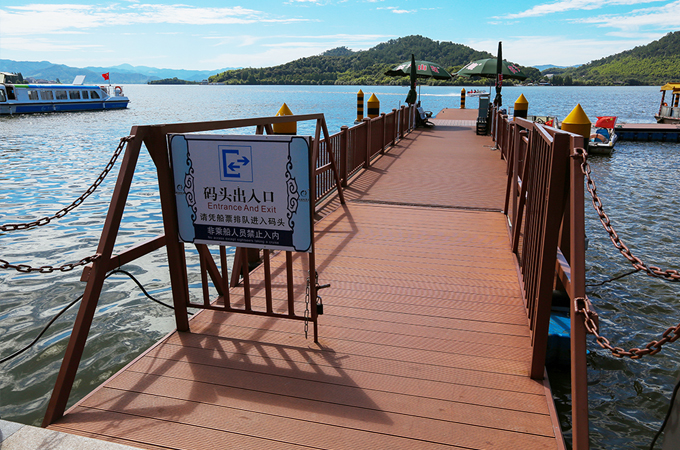
In the production of guardrails, WPC materials also demonstrate their diversity and plasticity. Whether it is a Post, a beam or a handrail, products that meet specifications can be produced according to design requirements. Its processing technology is rich and diverse, and can meet the requirements of complex-shaped materials, making garden landscaping more personalized and diversified.
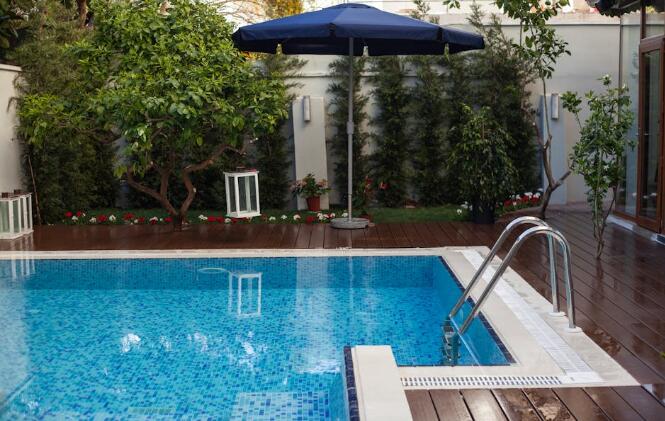
Environmental impact and sustainability The application of wood-plastic composites has not only brought revolutionary changes to the field of garden architecture, but also demonstrated great potential in environmental protection and sustainability. This material effectively utilizes two resources that might otherwise be discarded by mixing waste plastics and wood chips, reducing dependence on native wood and thus significantly reducing deforestation rates. In addition, because it is more durable than traditional wood, the use of wood-plastic composites in garden architecture can extend the service life of facilities, reduce maintenance costs and the need for frequent replacement. These advantages have jointly promoted the development of garden architecture in a greener and more sustainable direction, providing an effective way to achieve the dual goals of environmental protection and economic development. The author: Nick Published on Oct 3, 2014 13:53


